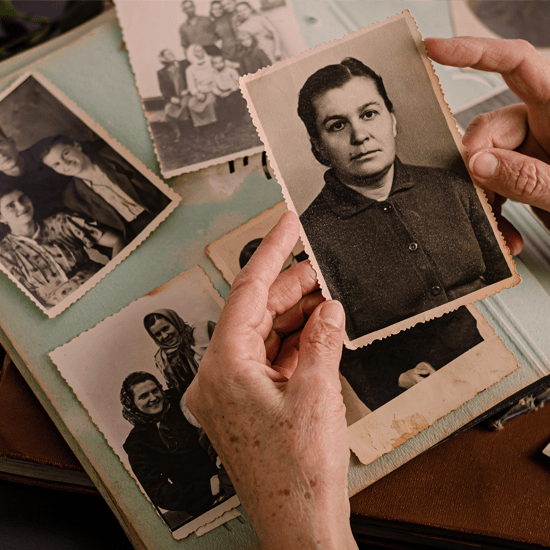
Researching your roots used to be a quirky hobby your great-uncle did in his retirement. Then in 1976, author Alex Haley wrote Roots, the story of his family from slavery to the present day. It spawned an epic miniseries and inspired a global genealogy phenomenon that is today the second most popular hobby behind gardening, and valued at over $3 billion.
Whether it’s poring over old immigrant records from Ellis Island to popular shows like Finding Your Roots or DNA tests like 23andMe and AncestryDNA, everyone seems to want to know where they came from.
If you’ve been curious about your own family history but you’ve felt a little intimidated about where to start the fact is, while there may be a lot of avenues to explore, it’s also never been easier to find what you’re looking for and even discover information you had no idea even existed.
Here are a few suggestions to help you get started:
Ask your family: Before you jump online, it’s a good idea to start with the basics. Approach other family members, particularly older generations, and ask them what information they might have about their ancestors — first names, family names and names before they were changed, dates of birth and death, where they were born, who their parents or siblings were. Bring a pad and pen and begin sketching out a simple tree to help you visualize and connect the members of your family you know and those you begin to discover.
Attics and basements: Inquire from your relatives if they might be holding on to old photos, letters, passports, obituaries and other documents from long-gone relatives. These may provide additional clues you can use to build your tree and do more research. For instance, passports and immigration documents usually include the name of the city or town the person was from and often names of their parents.
Start surfing: Once you have the basics from your family members, it’ll be time to begin exploring online. There are dozens of amazing resources, tools and databases that offer historical resources you can search through. Where many of these records once required hobbyists to spend hours sifting through brittle documents or library microfilm, now you can simply type in a search word, like you would on Google, of a person’s name or date of birth. If you’re lucky, other people you may be distantly related to may have already done much of the research for you. Obituaries, birth registries and censuses are often the most useful, so start there.
Build a tree: While starting with old school pen and paper is useful to start, as your tree grows, you’ll want to recreate it online. Websites like myHeritage.com, Ancestry.com and others offer easy-to-use software to help you get started.
Try a DNA test: While some people are still not comfortable with popular and reputable DNA tests like 23andMe, but if you are, they can be a great resource to expand your family tree knowledge. DNA tests not only offer you a breakdown of your family’s ethnic mix, they also connect you with relatives who have taken a test as well. Finding a second or third cousin you didn’t previously know about can open up whole treasure troves of information that’s out there, waiting to be discovered.
For more help getting started, check out here and here. And, as always, if you’ve begun tracing your roots, please share your own tips and suggestions with the Shop Talk blog community — we love getting your input.

Did you know: Surnames
Unless you’re descended from a royal family, you’ll likely reach a roadblock as you dig farther and farther into your past. One reason is your last name. Surnames only began to be adopted around the 11th century or later in Europe, which can make searching older records challenging. (Source)
